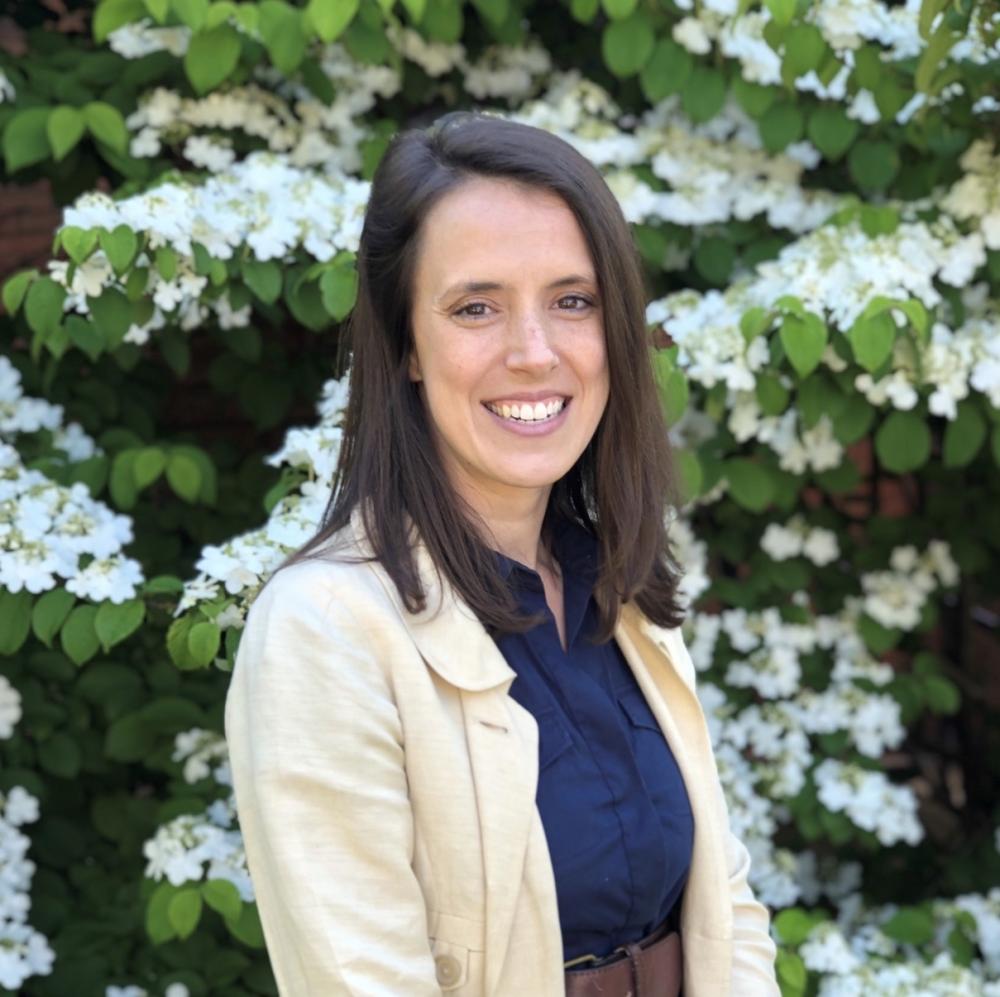
The forests of Maharashtra, India, are home to diverse wildlife like this colorful kingfisher, but they are under threat amidst historic deforestation. (Image: Hari K Patibanda/Flickr)
India is facing historic levels of deforestation. The Indian government plans to boost carbon sequestration efforts by increasing forest and tree cover, aiming to pull at least 2.5 billion tons of carbon dioxide from the atmosphere by 2030. The not-for-profit organization Farmers for Forests is helping India achieve those goals by paying farmers to practice agroforestry and cultivate biodiverse forests on historically barren land.
Forests are a critical part of the global fight against climate change. On one side, forest loss and damage is one of the largest contributors to climate change, responsible for about 10 percent of total global warming, according to the World Wildlife Fund. Conversely, smart, biodiverse and regionally-appropriate reforestation contributes to climate resilience and can create carbon sinks that sequester carbon dioxide from the atmosphere.
Farmers for Forests operates in rural areas of India, primarily in the state of Maharashtra, and supports farmers to maintain forests or reforest parts of their land with native species. Using drone technology to track the health of the trees, the organization provides farmers who maintain a certain percentage of tree cover with quarterly cash transfers.
“We leverage technology to ensure that what we have planted survives for the long term because we want to measure the actual outcomes, not just the number of saplings planted,” said Arti Dhar, co-founder of Farmers for Forests.
How it works
Prior to working with farmers in a specific village or region, Farmers for Forests holds informational community meetings and seeks buy-in from local leaders. Then, farmers can speak with the organization’s team members to inquire about enrolling some of their land into the reforestation or forest protection programs.
Farmers for Forests only reforests land that hasn't been used for several years and verifies that the land has been fallow using historical satellite data. It also works with the local land records office to ensure the land ownership is clear and uncontested. Next, the organization creates a contract with a farmer and begins the reforestation process, which includes planting saplings, applying soil inputs, transporting supplies and watering. The team also assists with ongoing care and cultivation.
“Although we have contracts in place, we cannot and do not mandate anything on behalf of the farmer,” Dhar said. “The land and the trees belong to the farmers, and they can do what they want with that. They are the best decision-makers for their circumstances.”
This reforestation process is a form of agroforestry, an agricultural method that integrates trees and shrubs with crops or livestock for environmental and economic benefits.
“In our model, we take land that was barren or fallow and plant agroforests with different kinds of fruit species,” Dhar said. “With fruit sales combined with our payments, farmers on average make three times the amount of money than they would have made from traditional farming. That is why our agroforestry model works. Our global economic system values a dead tree more than a live tree. We need to align incentives with desired outcomes. Our model addresses that.”
The payments are becoming increasingly self-sustaining through revenue generated from the voluntary carbon market. Farmers for Forests aggregates their projects for registry and distributes a percentage of the revenue back to the farmers, creating financial incentives to keep the trees in the ground, rather than harvesting them for wood.
The organization also developed a tech platform that uses drones to monitor the survival rates of several tree species across the areas it serves in India and is preparing to make the platform open source.
“Our technology can detect each tree crown, which is better than what satellites can do,” Dhar said. “Satellite data cannot detect trees until they are about five years old, but trees are most vulnerable in their first few years.”
Sustaining forests for the future
Aside from converting fallow land into agroforests, Farmers for Forests helped keep an additional 3,000 acres of forest protected from deforestation and degradation.
“About 30 percent of India’s land is now considered degraded,” Dhar said. “That is almost three times the size of Germany. That land is possibly emitting carbon instead of storing it. However, agroforestry is climate resilient, improves soil quality and stores carbon in the soil.”
Reforestation goes beyond carbon sequestration and builds climate resilience, which is especially important in rural, agrarian communities who are more vulnerable to the impacts of climate change, she said.
Dhar also emphasized that Farmers for Forests is focused on creating long-lasting change. For each region the organization has forests in, there is a field team living and working there.
“We are focusing on long-surviving sustainability interventions,” she said. “We don’t want to plant and then leave. There are a lot of challenges involved in working in a rural landscape in India, and we want people on the ground actively addressing it.”
Moving forward, Dhar is excited to release Farmers for Forests’ tech platform to other organizations looking to do similar work, but she is also grappling with what scaling up should look like.
“Do we focus on acres of land? Partnerships with other organizations? Or does scale mean fewer acres but higher quality work that stands the test of time?” She said. “There is a lot of greenwashing that can happen with this kind of work, so we want to build an ecosystem of trusted partners and work together on a small level to ultimately reach more people.”

Mary Riddle is the director of sustainability consulting services for Obata. As a former farmer and farm educator, she is passionate about regenerative agriculture and sustainable food systems. She is currently based in Florence, Italy.














